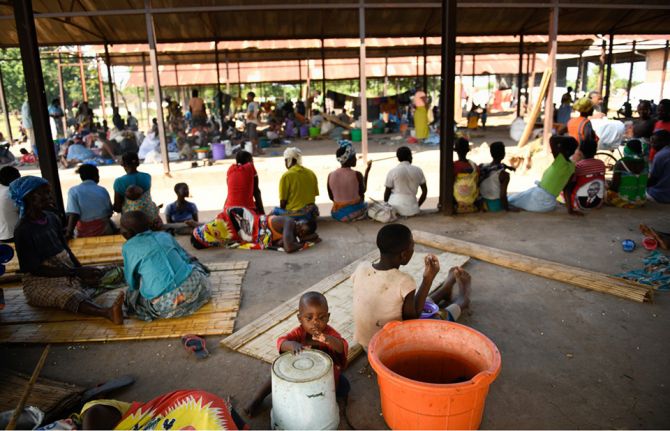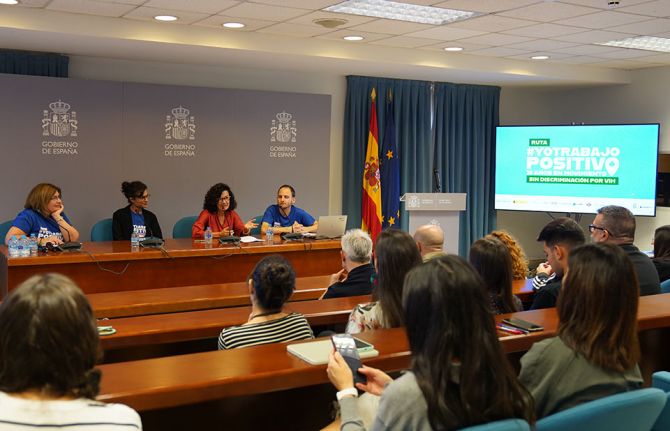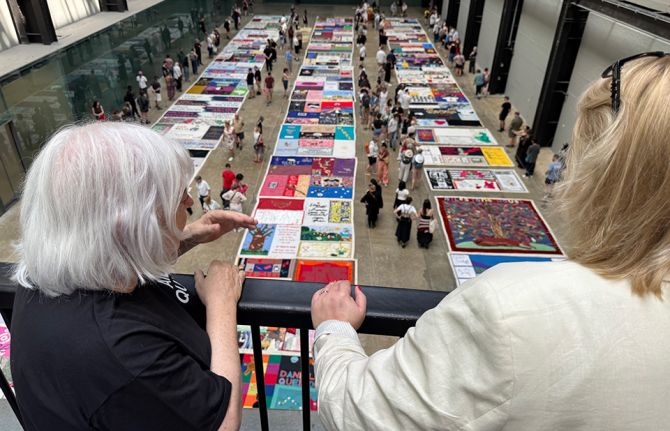

Feature Story
How climate change is affecting people living with HIV
20 September 2019
20 September 2019 20 September 2019On the eve of the United Nations Climate Action Summit, taking place in New York, United States of America, on 23 September, it is clear that climate change is now affecting every country on every continent. Often, the impact is greatest in regions already facing other challenges, with vulnerable groups of people, including people living with HIV, the most affected.
When Cyclone Idai made landfall near Beira, Mozambique, on 15 March 2019, heavy rain and strong winds caused flash flooding, hundreds of deaths and widespread damage to homes and infrastructure. By 19 March, it was estimated that 100 000 people were needing rescue. Communications in the city were down and all 17 of the city’s hospitals and health clinics suffered severe damage.
It would have been a devastating blow anywhere, but even more so in the province of Sofala, where around one in six of the adult population is living with HIV. When the floodwaters surged, many people simply saw their medication washed away.
Less than six weeks later, on 25 April, Cyclone Kenneth smashed into northern Mozambique. Overall, catastrophic flooding from the two storms affected around 2.2 million people in Malawi, Mozambique and Zimbabwe.
Warmer sea surface temperatures and rising sea levels are contributing to an increased intensity and destructive capacity of hurricanes and tropical cyclones such as Idai and Kenneth in many countries already inclined to extreme weather events.
When Hurricane Kenneth hit Zimbabwe, the acting UNAIDS Country Director, Mumtaz Mia, said that her priority was to make sure that people living with HIV, including pregnant women enrolled in prevention of mother-to-child transmission of HIV programmes, could access HIV treatment.
“In Zimbabwe, where emergencies are not a new phenomenon, people living with HIV were left stranded when their medicine got washed away.”
After the cyclone hit, Ms Mia and her team met with representatives of the government, civil society, donors and other partners to discuss the response. They quickly ensured that the specific needs of people living with HIV were embedded in relief operations. This included coordination with partners, including UNAIDS Cosponsors, the Ministry of Health and Child Care and the National AIDS Council, to ensure the distribution of antiretroviral medicines and condoms, food packages for people living with HIV and safe deliveries for pregnant women. They also established assessments to address additional health and HIV needs related to the disaster.
In Malawi, Cyclone Idai affected almost 1 million people and forced more than 100 000 to flee their homes. Many people hit by the storm in Mozambique crossed the border to seek food and shelter.
For people living with HIV, concerns about their health and access to medication compounded an already difficult situation. For many, their first thought was how to save their medication.
“When the floods came, my house was destroyed. But I managed to reach for my plastic bag, where I keep my antiretroviral medicines, because they are one of my most precious possessions,” said Sophia Naphazi.
Elizabeth Kutendi said her medicines were safe only because she stores them in the roof of her home.
Both women found safety in Bangula, a settlement in the south of Malawi, which offered refuge to thousands of displaced people from surrounding villages. The settlement’s small clinic provided HIV counselling and testing, refills of HIV treatment and psychosocial support.
In other parts of Africa, a lack of rainfall is the main challenge for many people, causing severe drought and disrupting access to essential services, such as health care. Southern Africa has experienced only two favourable agricultural seasons since 2012. Angola, Botswana, Lesotho and Namibia have all declared drought disasters.
Competition for drought-depleted resources in the Horn of Africa has led to conflict, making it more difficult to reach groups of people in need of emergency assistance, including health care. Many have no choice but to flee to urban centres, placing increased pressure on service providers there. As conditions deteriorate, large-scale migration may result.
“Climate change is a threat to all of us,” said Gunilla Carlsson, UNAIDS Executive Director, a.i. “But vulnerable groups of people, including people living with and affected by HIV, are particularly exposed to the increased intensity of extreme weather events happening in areas of the world where coping mechanisms are already threadbare. Climate change must now be regarded as one of the most significant challenges to people’s health and well-being.”



